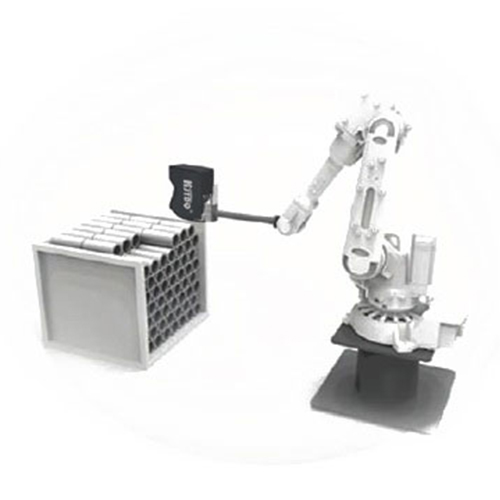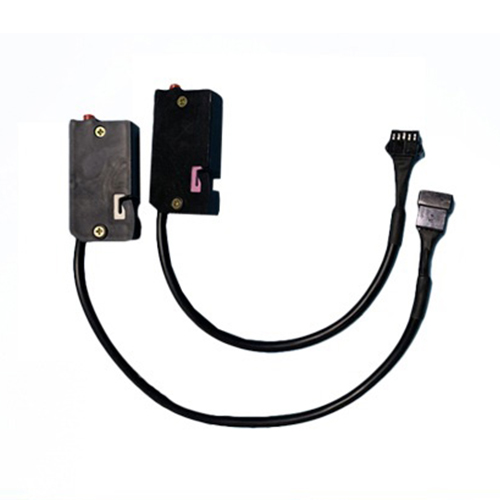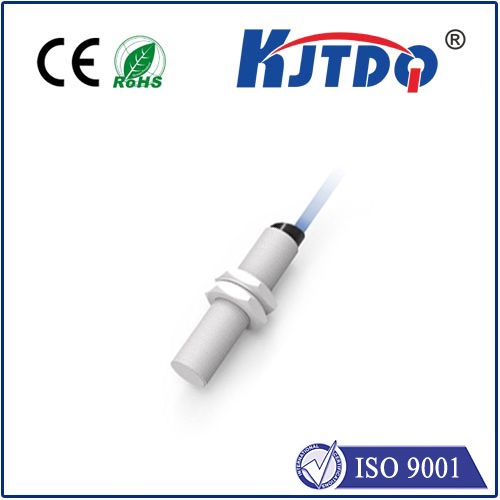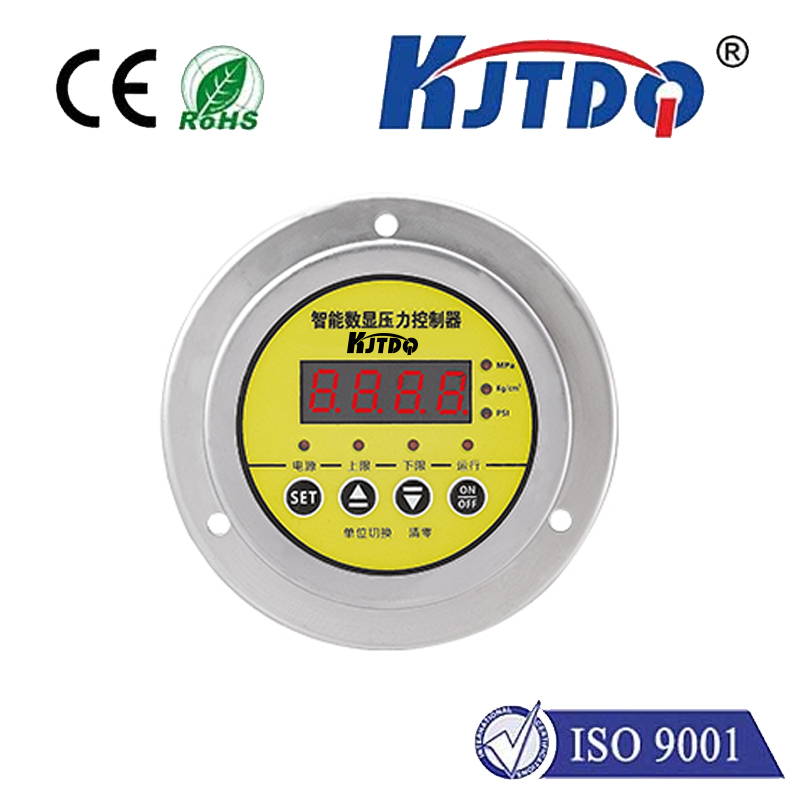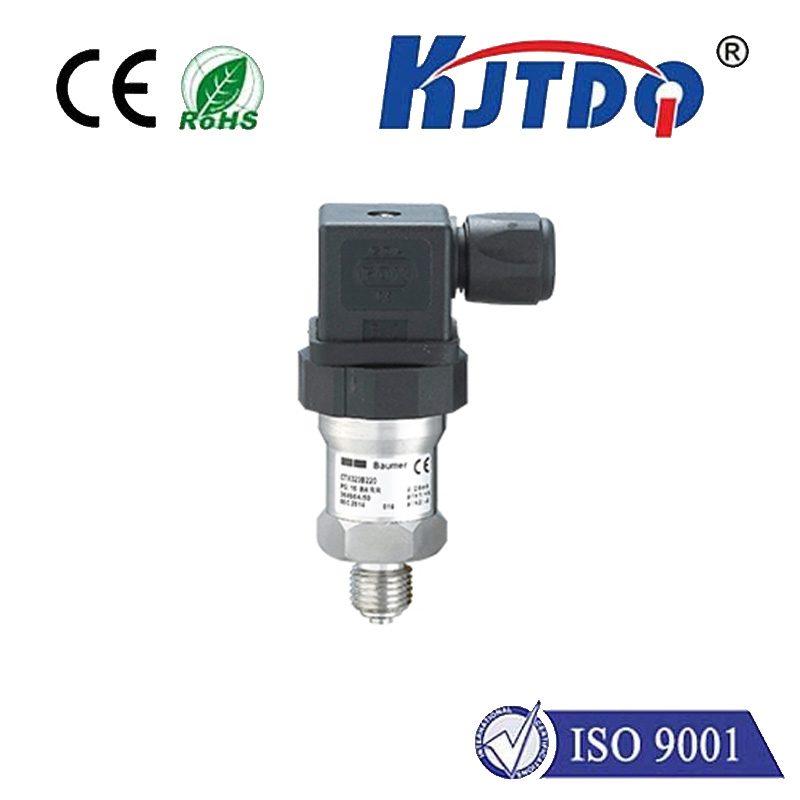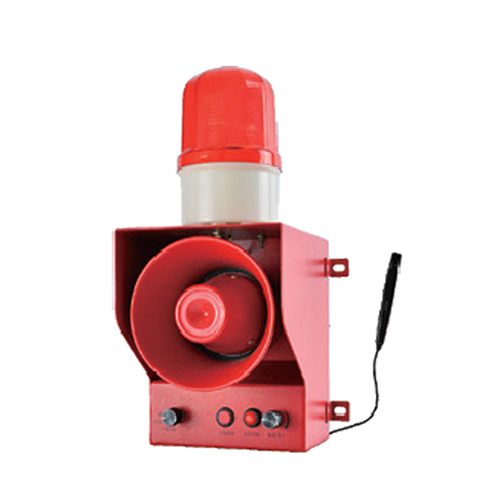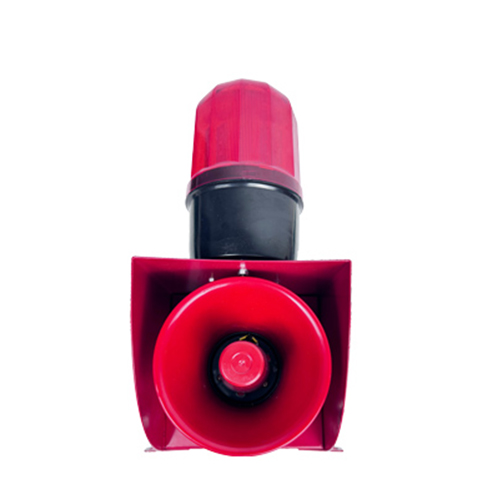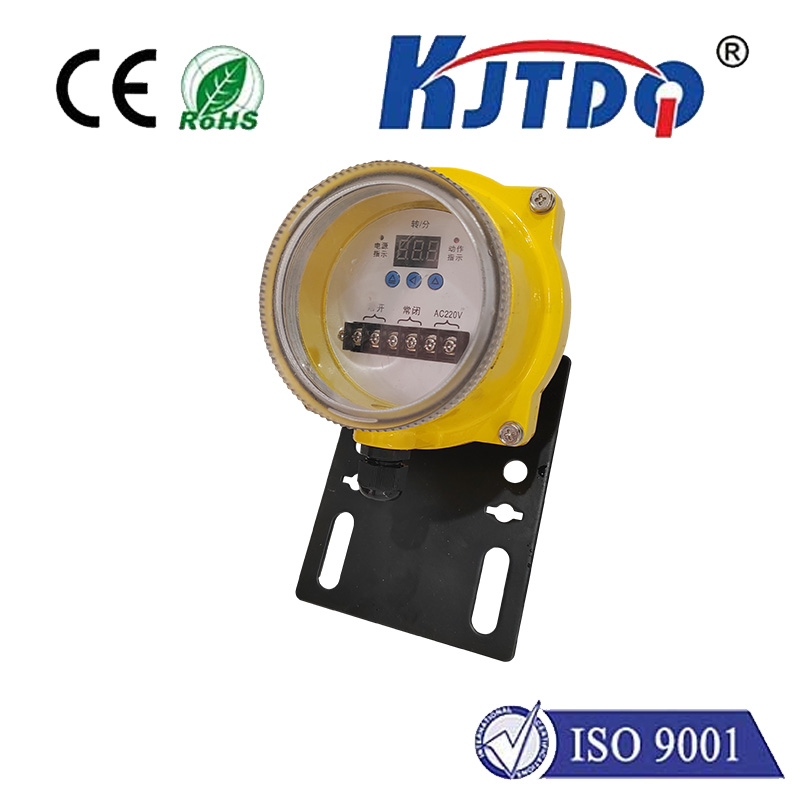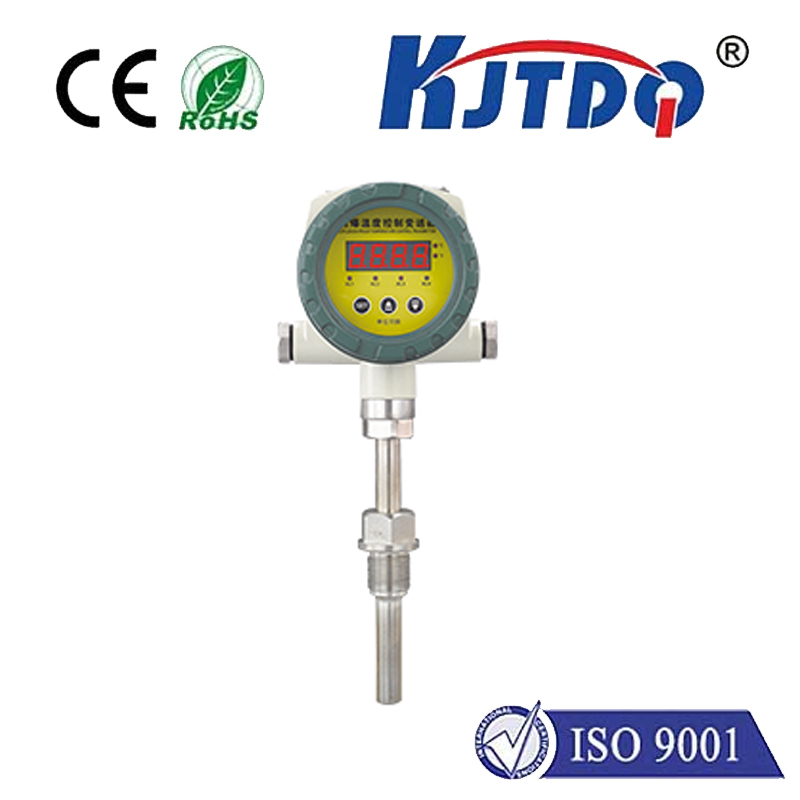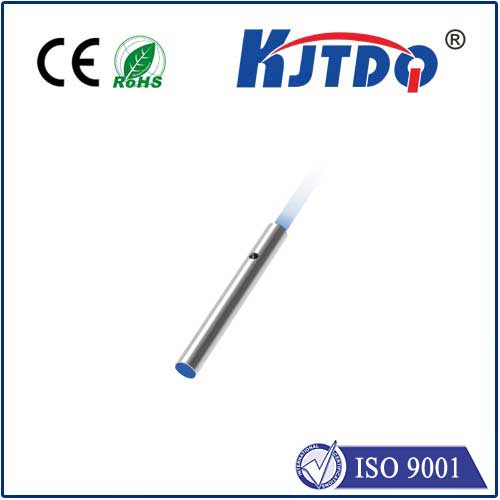

check

check

check

check

check

check

check

check

check

check
Capacitive proximity sensors are essential components in the world of electronics, especially when it comes to detecting the presence or absence of objects without any physical contact. Among various types of capacitive sensors, analog capacitive proximity sensors stand out due to their unique features and versatile applications. In this article, we will delve into the principles behind analog capacitive proximity sensors, their advantages, common applications, and how they contribute to the advancement of modern technology.
The Working Principle of Analog Capacitive Proximity Sensors
At the heart of an analog capacitive proximity sensor is a simple principle: capacitance changes when an object comes near the sensor's electrode. The sensor consists of a conductive plate that acts as one electrode, while the nearby object serves as another "virtual" electrode. These two plates form a capacitor whose capacitance value depends on the distance between them. When an object approaches the sensor, it increases the effective surface area of the virtual electrode, thereby increasing the capacitance. This change is then translated into an analog voltage signal that can be processed further by electronic circuits.

Advantages of Analog Capacitive Proximity Sensors
One major advantage of analog capacitive proximity sensors is their non-contact nature, making them suitable for environments where direct contact with the object could damage the sensor or the object itself. Additionally, these sensors offer high sensitivity and fast response time, crucial for real-time monitoring and control systems. They are also less affected by environmental factors like dust, moisture, and contamination compared to other sensing technologies. Furthermore, analog output provides continuous data about the distance of an object, offering more detailed information than digital counterparts which typically provide binary (near/far) output only.
Common Applications
The capabilities of analog capacitive proximity sensors have led to a wide range of applications across industries. In automotive manufacturing, they are used for occupant detection to adjust safety systems such as airbag deployment. Within the consumer electronics market, these sensors enable touchless controls in devices like smartphones and gaming consoles. In industrial automation, they play a role in machine safety by detecting human presence to prevent injuries. Moreover, in medical diagnostic equipment, they help in designing hygienic user interfaces that minimize cross-contamination risks.
The Impact of Analog Capacitive Proximity Sensors on Technology
Analog capacitive proximity sensors continue to push the envelope in terms of technological advancements. Their adoption in emerging fields such as Internet of Things (IoT) devices allows for sophisticated gesture recognition and interactive capabilities. In the realm of smart homes and buildings, these sensors contribute to energy efficiency by managing lighting and HVAC systems based on occupancy detection. As research and development efforts focus on miniaturization and power consumption reduction, the potential for integrating analog capacitive proximity sensors into even smaller devices grows exponentially.
In conclusion, analog capacitive proximity sensors represent a significant milestone in the evolution of sensing technology. With their unique characteristics and broad utility across diverse sectors, they not only enrich our everyday experiences but also pave the way for future innovations where seamless interactions between humans and machines become increasingly integral.
